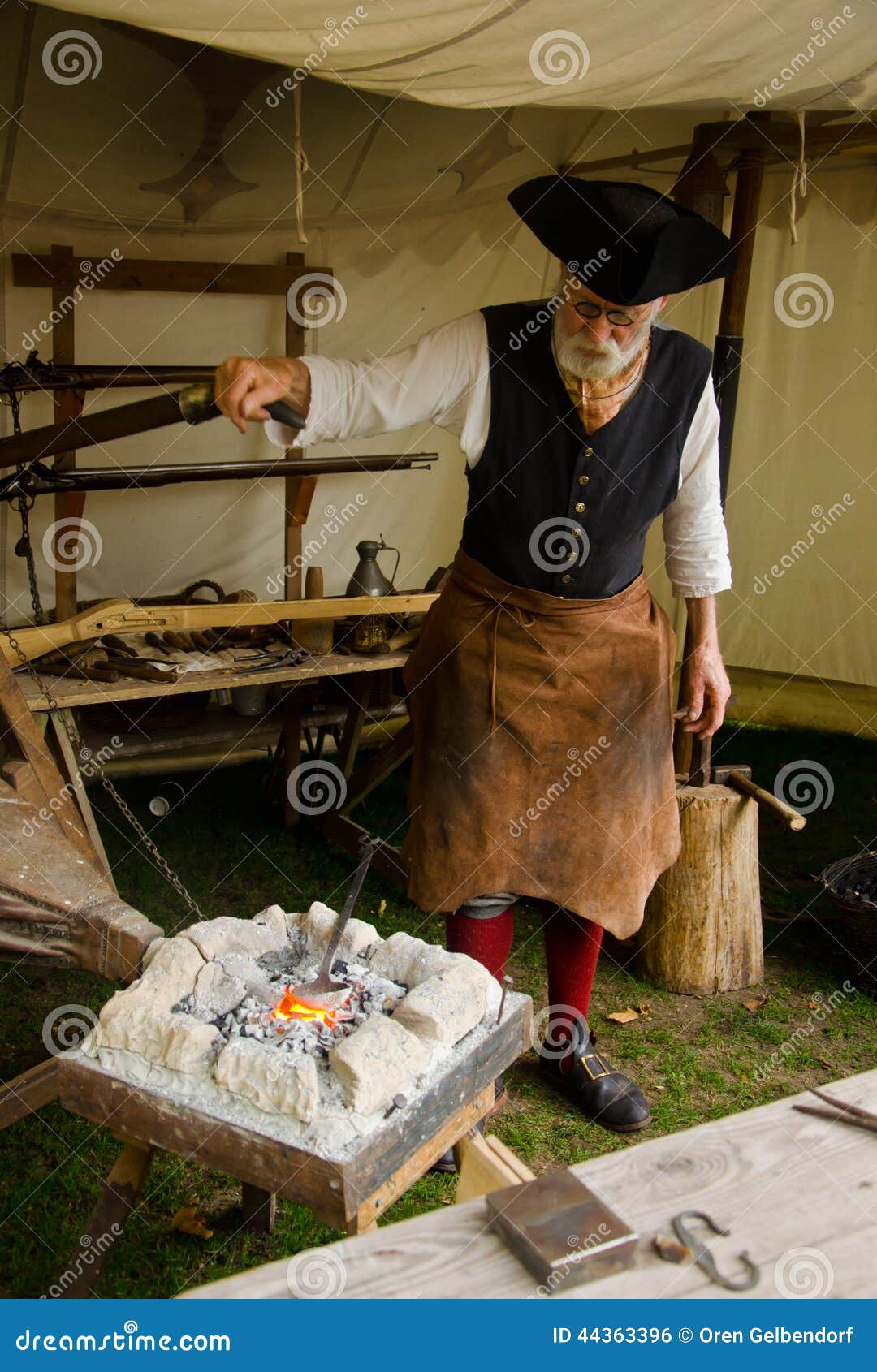

Today, a variety of smiths continue to fashion handmade, high quality finished products using the skills passed down through generations. Those skilled at working with their hands were extremely important to the survival of societies around the world, and the ability to work metal and other materials evolved to meet the needs of different communities and clients. ISBN 978-0-984.Most smithing professions have existed since ancient times. Washington, DC: Institute for the Study of Man. Indo-European "Smith" and his Divine Colleagues. "No fairy tale: Origins of some famous stories go back thousands of years".

^ a b Chris Samoray (January 19, 2016).^ "Fairytales much older than previously thought, say researchers".Tales and Legends from the Land of the Tzar: Collection of Russian Stories. Disability, Deformity, and Disease in the Grimms' Fairy Tales. ^ The Original Folk and Fairy Tales of the Brothers Grimm: The Complete First Edition.^ "Le fiabe sono più antiche di quanto pensiamo"."Comparative phylogenetic analyses uncover the ancient roots of Indo-European folktales". ^ a b Graça da Silva, Sara Tehrani, Jamshid J.^ a b "Fairy tale origins thousands of years old, researchers say".Errementari, a 2017 film based on a Basque version of the tale.Wayland the Smith, a European myth also involving a smith.Sir Twardowski, a Polish legend also involving a deal with the devil.Faust, a German legend also involving a pact with the devil.However, according to historical linguist Václav Blažek: "The apparent fact, that there is no common designation of "smith" in the Indo-European lexicon, could be disappointing at first sight, but the same may be said about other crafts, including those using more ‘archaic’ technologies than smithery." According to Blažek, the inherited designations for smith attested in the mythological context are "a witness of a remarkably important role of the institution of smithery in the period of disintegration of the Indo-European dialect continuum". Folklorist John Lindow, however, notes that a word for "smith" may not have existed in Indo-European, and if so the tale may not be that old. Īccording to research applying phylogenetic techniques to linguistics by folklorist Sara Graça da Silva and anthropologist Jamie Tehrani, "The Smith and the Devil" may be one of the oldest European folk tales, with the basic plot stable throughout the Indo-European-speaking world from India to Scandinavia, possibly being first told in Indo-European 6,000 years ago in the Bronze Age.

Richard Chase presents a version from the Southern Appalachians, called "Wicked John and the Devil." Īccording to George Monbiot, the blacksmith is a motif of folklore throughout (and beyond) Europe associated with malevolence (the medieval vision of Hell may draw upon the image of the smith at his forge), and several variant tales tell of smiths entering into a pact with the devil to obtain fire and the means of smelting metal. Edith Hodgetts' 1891 book Tales and Legends from the Land of the Tsar collects a Russian version, while Ruth Manning-Sanders included a Gascon version as "The Blacksmith and the Devil" in her 1970 book A Book of Devils and Demons. The tale was collected by Giambattista Basile in Lo cunto de li cunti of 1634, then the Brothers Grimm in their Children's and Household Tales (published in two volumes in 18), although they removed it in editions of 1822 and later, substituting " Brother Lustig" and relegating references to it to the notes for " Gambling Hansel", a very similar tale. In one version, the smith gains the power to weld any materials, then uses this power to stick the devil to an immovable object, allowing the smith to renege on the bargain. The story is of a smith who makes a pact with a malevolent being-commonly the Devil (in later times), Death, a demon or a genie-selling his soul for some power, then tricks the devil out of his prize. The Smith and the Devil is an Indo-European fairy tale. One of the oldest Indo-European folk tales Illustration for the folk tale The Smith and the Devil, ink drawing, 1916


 0 kommentar(er)
0 kommentar(er)
